What do you think of when you hear the name William of Conqueror or also called Guillaume Le Conquérant in French?
King of England after the Battle of Hastings in 1066. True. French leader as the Duke of Normandy. Also true. Viking Warrior King ? This one is true as well. A descendant of the Viking chieftain Rollo, William the Conqueror was a bonafide Viking war chief.
He is one of the most striking characters from Medieval history, making his state of Normandy one of the most powerful on the continent, conquering England and changing the course of its history, and making significant religious and administrative reforms on both sides of the channel.
Read on to find out more about this brave but ruthless warrior.
Who was William the Conqueror?
William the Conqueror was a descendant of the Viking chieftain Rollo, whose Norse origins are unknown, but his name suggests that he was either Norwegian or Danish. He is recorded among the Vikings that besieged Paris in 885—886 AD, and later became the first ruler of Normandy, a region in northern France.

Rollo was succeeded in Normandy by his son William Longsworth, his grandson Richard I, his great-grandson Richard II, and his great-great-grandson Robert I. William was born in 1028 to Robert and his concubine Herleva (also known as Arlette).
It is said that she was the daughter of a tanner or undertaker from the Norman town of Falaise, but she may have been more aristocratic than the sources suggest. She later went on to marry the Viscount of Conteville, and her brothers are reported as being influential in Normandy during her son’s minority.
Contemporaries may have had their reasons to suggest a level of low birth for William, who was also known as William the Bastard. He is often described as intelligent and shrewd, but also uneducated and lude. Sources also suggest that he was of just above average height, with a robust and thickset body. They say that he was exceptionally strong and vigorous in his prime, but became fat in later life. He has a rough bass voice and was a good and ready speaker.
The Duke of Normandy
Robert died in 1035 while returning from a pilgrimage to Jerusalem. He nominated William, his only son, as his successor prior to his departure, and so he was made the Duke of Normandy at the tender age of seven.
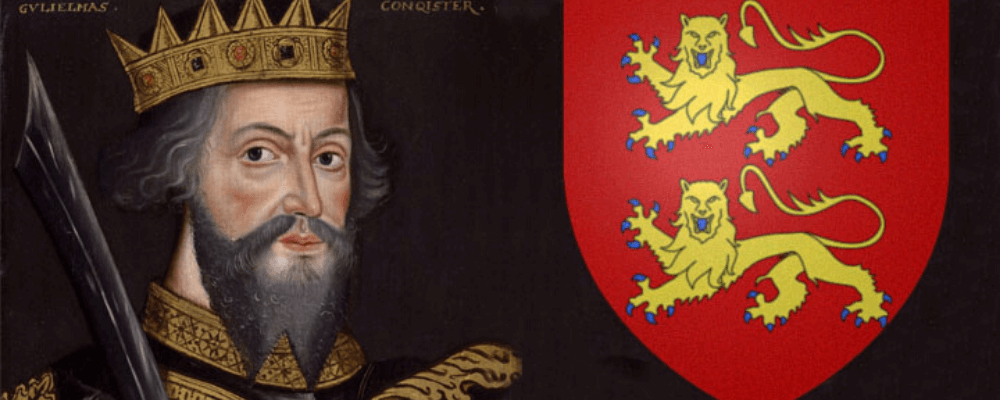
William’s lack of authority led to a breakdown in ducal authority, with lesser nobles erecting private castles, usurping important powers, and fighting their own private wars. There were many attacks on William and his supporters. Three of William’s guardians and his tutor died violent deaths before he came of age.
In 1042, when William was just 15 years old, he was knighted and finally considered the independent Duke of Normandy. He immediately set to work recovering the power that he had lost and brought the vassals of Normandy back under his control. He was only able to do this with the assistance of his overlord, King Henry III of France, but during this time William learned much and proved himself a strong warrior and ruler. He became known for simple and direct plans that ruthlessly exploited any opportunity. He also withdrew at the first sign of any disadvantage.
While Normandy was never fully secure, and William would fight rebellions and territory infringements for the rest of his life, after 1047 William was secure enough in Normandy that he could assist his king with battles in other areas, such as the king’s attempts to strengthen the France’s southern frontier and campaigns in the west against Geoffrey Martel, the Count of Anjou.
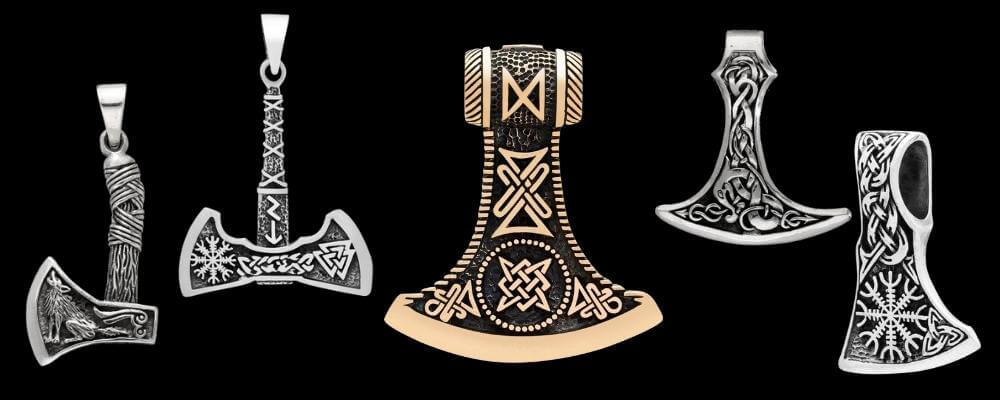
In a turn of fate, in 1054 King Henry III and Geoffrey Martel formed an alliance against William, who was also dealing with a new rebellion at home. William defeated the alliance at the Battle of Mortimer in 1054, effectively ending the issue, which finally terminated in 1060 when both Henry and Geoffrey died and were replaced by weak rulers. This allowed William to focus on further conquest, and by 1063 he was the most powerful ruler in northern France.
Throughout his reign, William also paid significant attention to religious reform. A Christian, William made his half-brother Odo the Bishop of Bayeux, and worked with him and the other bishops to pass laws against simony (the selling of Church offices) and clerical marriages. He also endowed several monasteries and made several important monastic reforms with the support of Lanfranc of Pavia, a famous master of the liberal arts that William welcomed into his territory.
Conquest of England
During these years, William’s cousin Edward the Confessor was the king of England. Childless, apparently following a series of negotiations between 1052 and 1054, Edward promised to name William as his successor.
Again, according to Norman sources, this was further confirmed in 1064 or 1065 when Edward sent his brother-in-law Harold to Normandy. He was taken prisoner en route, and was ransomed by William. He apparently confirmed Edward’s promise and pledged his own support for William.
But when Edward the Confessor died in 1066, it was Harold himself that succeeded to the English crown. It also seems that William was not the only person who Edward had made false promises to, Harald Hardrada of Norway also claimed that Edward promised to name him his successor. So, in 1066, both William and Harald Hardrada set sail for England to claim what they thought was rightfully theirs.
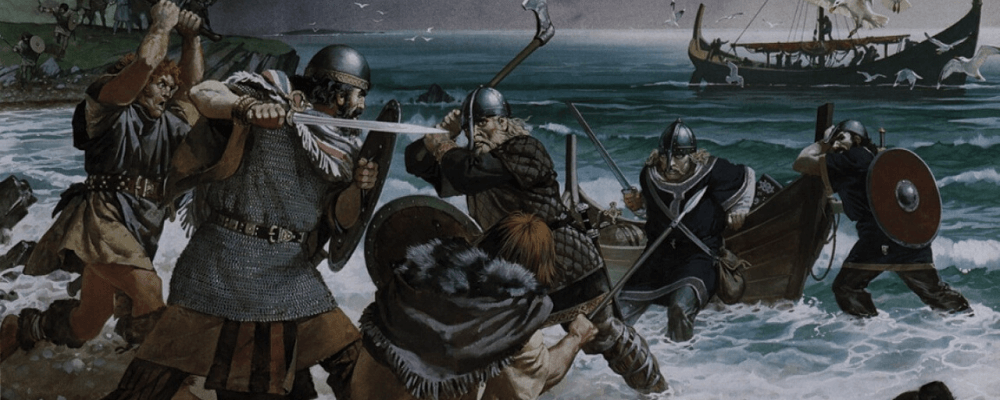
Edward’s double-dealing with the Norwegian Viking proved helpful to William. The Norman Duke had initially intended to attack the southern coast of England in August 1066, but bad weather delayed him. In the meantime, Harold of England was not only forced to disband a peasant army that he had gathered, but he also needed to march north to deal with Harald Hardrada. He eventually defeated the Norwegian invader on 25 September near York, but suffered significant losses himself.
William landed in the south of England on September 27 and took the towns of Pevensey and Hastings, disembarking with 4-7,000 cavalry and infantry. They awaited Harold’s weakened army, which emerged from the forest on October 13, but it was too late to continue on to Hastings, so they made a defensive camp.
At daybreak the following day, William attacked before Harold was prepared. While the English were initially able to repel the Normans, their infantry began to chase down the apparently fleeing cavalry, at which point they turned on the English and cut them down. They managed to perform the same maneuver two more times before the end of the battle. Harold died at nightfall, apparently taking an arrow to the eye, and the English surrendered.
William then quickly cut his way through England, dealing with centers of resistance. On Christmas day in 1066 he was crowned king of England at Westminster Abbey.

William, King of England
With his experience of bringing rebellious lords to heel, William quickly brought England under his control. The measures he took are thought to have been particularly violent, even by contemporary standards. He pretty much eradicated the English aristocracy, replacing them with loyal Normans. William and his new lords built castles around England, including the Tower of London, and also introduced practices of landholding and military service that had been developed in Normandy.
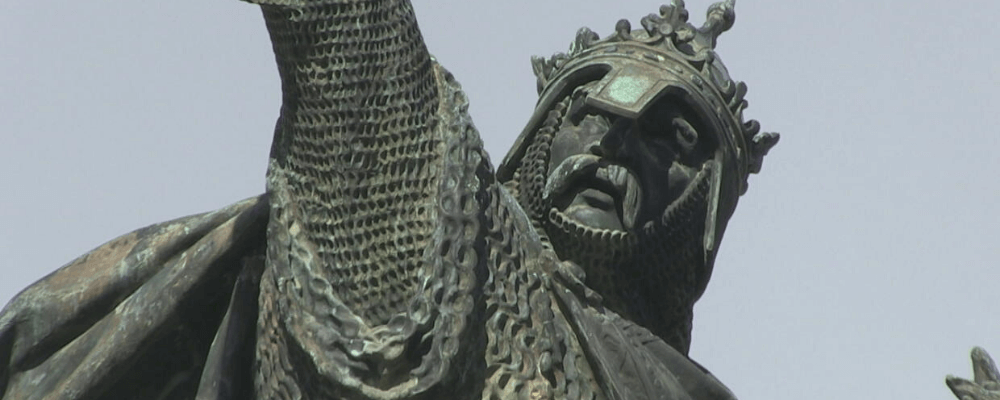
He also invaded Scotland in 1072 and Wales in 1081, and created special defensive marcher counties along the Scottish and Welsh borders.
William also turned his attention to the English church, also replacing many English bishops with Normans, and making his trusted ally Lanfranc the Archbishop of Canterbury. He introduced similar laws against simony and clerical marriage, and worked to abolish corruption within the church and bring it firmly under his power. He also reformed the English monasteries, and brought them in line with continental practices.
In 1086, William also ordered a complete economic and tenurial survey of the kingdom. The details of this survey were recorded in the Domesday Book, which is considered one of the most important administrative accomplishments of the Middle Ages.
But William actually spent the majority of his reign as King of England back in Normandy, dealing with issues there. He largely left the administration of England in the hands of Lanfranc. He mostly only returned to England when needed, such as to deal with the rebellion of Roger, Earl of Hereford, and Ralf, Earl of Norfolk, in 1075, and to deal with his half-brother Odo in 1082 when he was raising an army to invade Italy, perhaps to make himself Pope.
The Death of William
William died in 1087 while invading the city of Mantes. While the town was burning, he either suffered from an injury from which he never recovered, or fell ill. He was taken to the priority of St Gervais outside Posen, where it took him five weeks to die. He eventually died on the 9th of September.
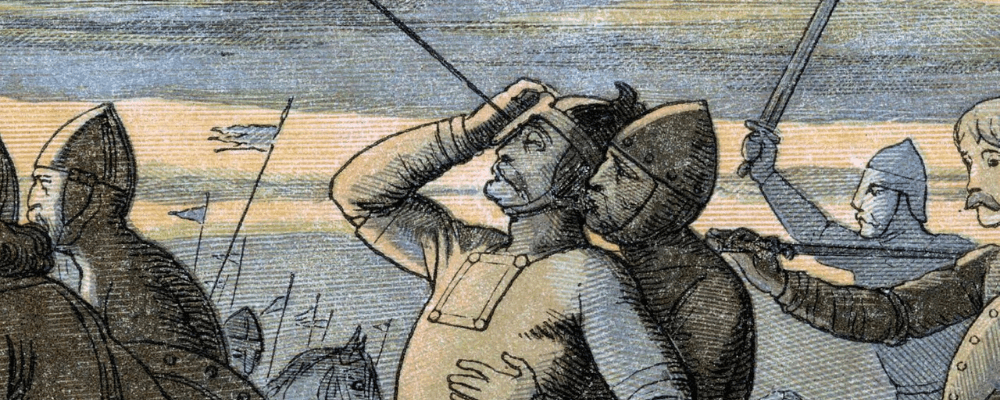
He was to be buried in St Stephen’s Church in Caen, but his funeral was far from tranquil. The service was disrupted by a fire in the town, and a man claiming that William was to be buried on land that had been confiscated from him. His body was broken as it was forced into its stone tomb, and his tomb was then desecrated by Calvinists in the 19th century and revolutionaries in the 18th century.
William had four sons by his wife Matilda, the daughter of Baldwin V of Flanders. In 1053 there were actually papal objections to the marriage, which Rome claimed was incestuous, but William seems to have resumed good relations with the Holy Roman Church by 1059.
Together they had five children: Robert, Richard, William Rufus, Henry, and Adela. Due to conflicts with his eldest son, on his deathbed, instead of leaving everything to Robert, William gave Robert Normandy, and William Rufus was made King of England (Richard had already died). Robert did not accept this and spent many years battling with William Rufus, and then Henry who succeeded him. Henry was eventually succeeded by his nephew by his sister Adela, Stephen. Robert also mortgaged Normandy in order to finance his participation in the First Crusade.

William’s Legacy
There is no denying the legacy of William the Conqueror, especially in England. His Norman invasion led to significant changes in the culture, administration, politics, religion and even language of England, as the new Norman overlords spoke French. It is also the legacy of William that English politics for the last thousand years have been squarely focussed on the continent (we’d like to know what he thinks about Brexit).
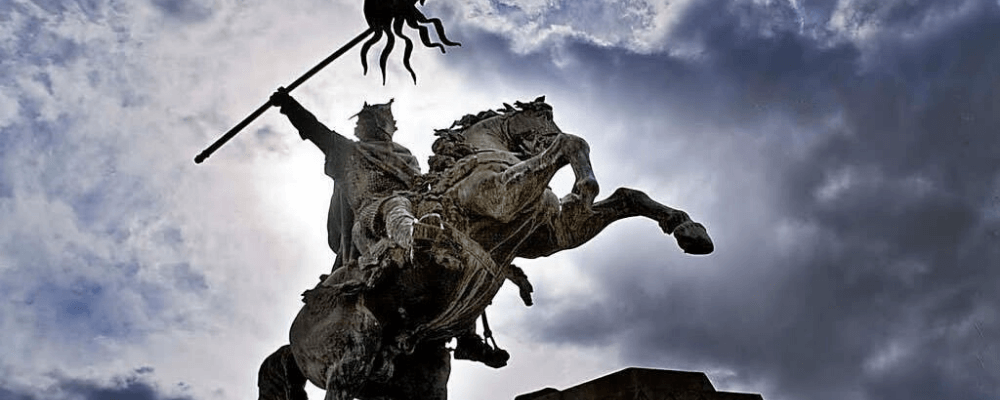
But what do you think of William the Conqueror? Was it his Viking roots that gave him the strength and tenacity to dominate northern France and then conquer England? Or was William more Norman than Viking?







